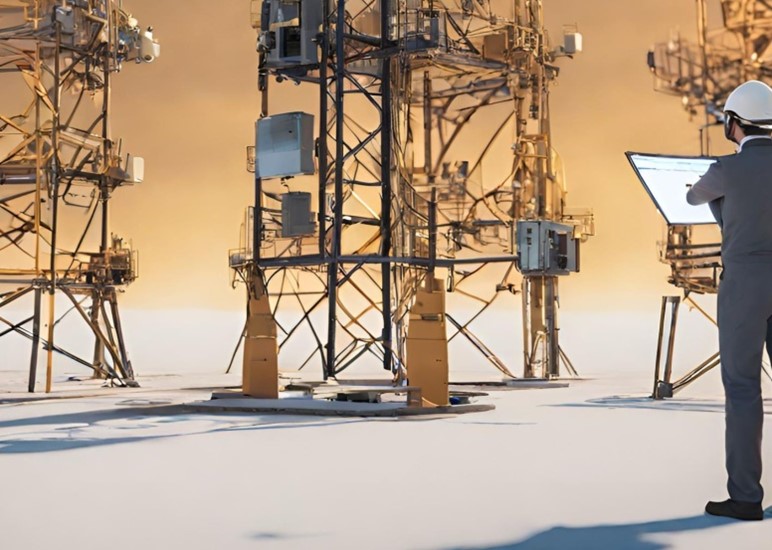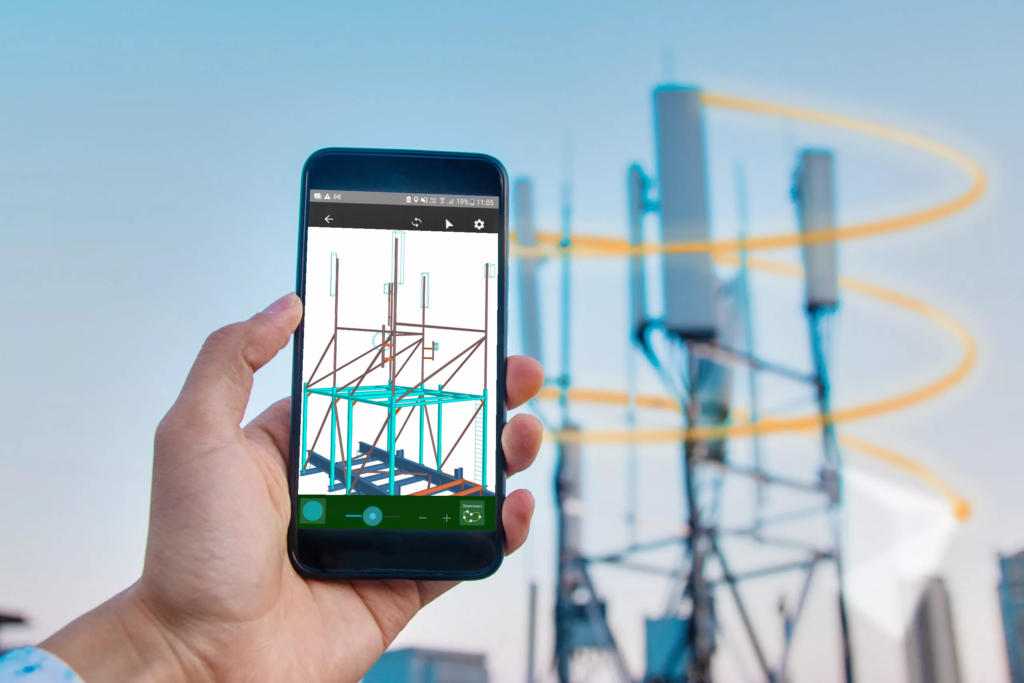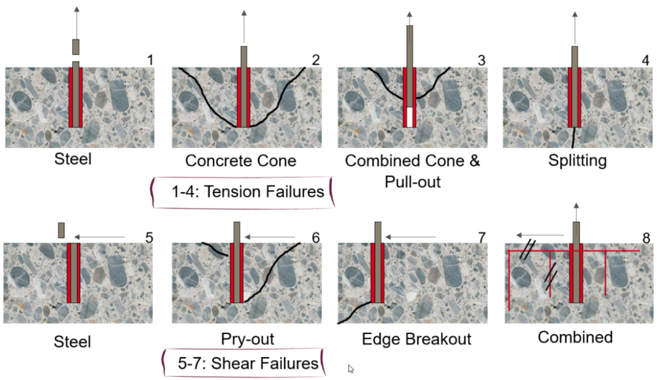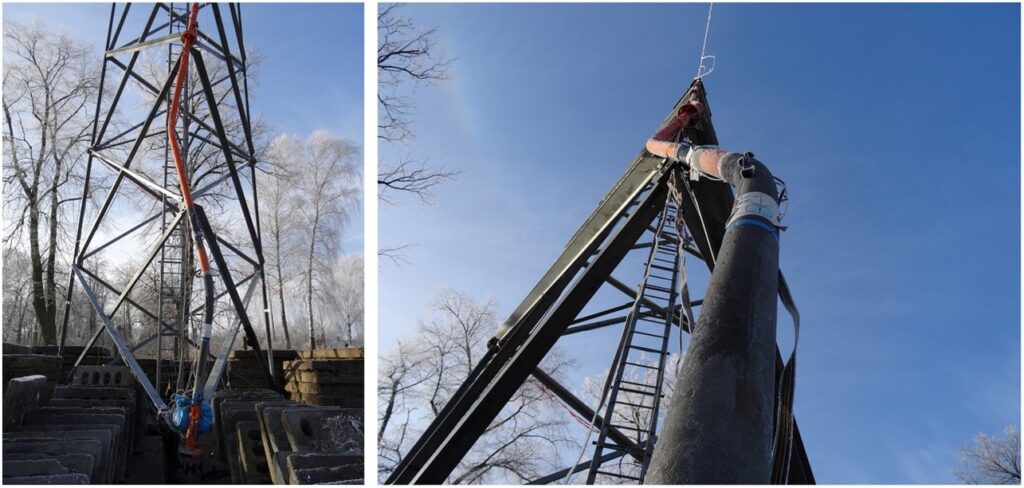It is interesting to understand how a bolted joint carries a direct load. A fully tightened bolt can survive in an application that an untightened, or loose bolt, would fail in a matter of seconds. When a load is applied to a joint containing a tightened bolt it does not sustain the full effect of the load but usually only a small part of it. This seems, at first sight, to be somewhat contrary to common sense.
Let’s do this exercise with a spring scale – A 1000 lbf preload is applied to the scale. A block is inserted and the load removed. The spring scale is un-affected.
Any load may be applied, up to the preload, and the spring scale doesn’t move, as long as the block is very stiff. Only when the external load exceeds the preload does the spring scale move. This analogy may be applied to the bolted joint when the members being clamped are much stiffer than the bolt.
When it comes to ensuring the integrity and reliability of bolted joints, preload plays a crucial role. Preload is the initial tension applied to a bolt when it is tightened against the joint material. This tension creates a clamping force that holds the joint together. Here are some key points highlighting the importance of preload in bolted joints:
- Preventing Loosening: Preload helps counteract external forces that can cause the bolted joint to loosen over time. By applying an initial tension to the bolt, it helps maintain the clamping force even in the presence of vibrations and thermal expansion/contraction.
- Even Distribution of Load: Proper preload ensures that the load is evenly distributed across the joint. This helps prevent localized stress concentrations that can lead to premature failure of the joint.
- Sealing and Alignment: Preload helps ensure proper sealing and alignment of the joint components. It helps close any gaps between the mating surfaces, reducing the risk of leaks and ensuring that the components are properly aligned.
- Improving Fatigue Life: Adequate preload can improve the fatigue life of a bolted joint by reducing the potential for cyclic loading to cause fatigue failure. It helps maintain the clamping force necessary to withstand varying loads over time.
- Critical for Structural Integrity: In applications where structural integrity is paramount, such as in aerospace, automotive, and construction industries, achieving the correct preload in bolted joints is essential to ensure the safety and performance of the overall structure.
- Proper Installation is Key: Achieving the right preload requires careful attention to the tightening process. Using a torque wrench or a tensioning tool calibrated to the correct specifications is crucial to ensuring that the desired preload is achieved without over-tightening or under-tightening the bolt.
In conclusion, preload is a fundamental aspect of bolted joint design that directly impacts the performance, reliability, and longevity of mechanical systems. Understanding the importance of preload and implementing proper tightening procedures are essential steps in ensuring the integrity of bolted joints in various applications.
At KA Engineering Group, we leverage on our extensive experience to design and recommend most efficient and reliable bolted joint solutions in telecom construction.
Contact our expert team at info@ka-engroup.com to learn more and discuss how we can best serve your needs.











